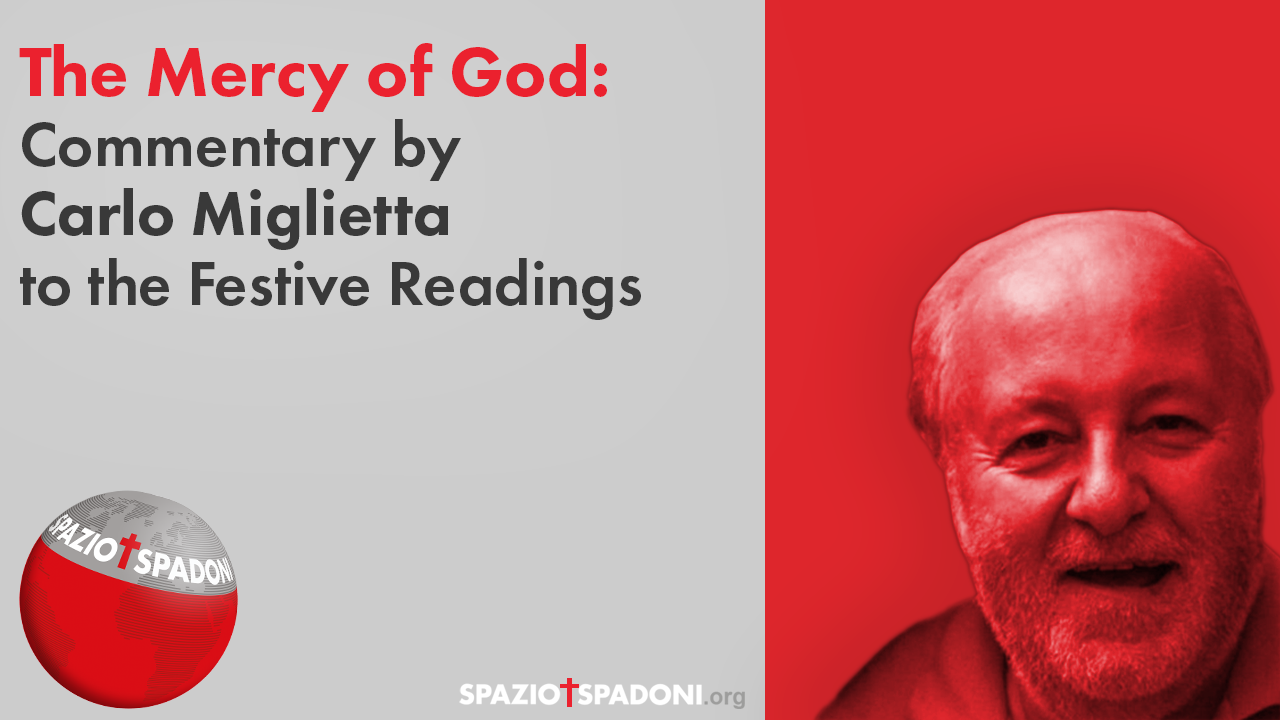
Sunday XXVII Year B – Marriage, Mystery Of Salvation
Readings: Gen 2:18-24; Heb 2:9-11, Mk 10:2-16
The Church has a wonderful revelation to make to the world regarding marriage: yet among Christians, with evident schizophrenia toward the Word received, marriage is often still seen as a reality of an eminently sociological order, a kind of “second-class” choice in comparison with celibacy, when not even as pure “remedium concupiscentiae,” legalization of that sexuality which still has something impure if not demonic in it. In few fields like this has the Church paid a heavy tribute to worldly mentality, either because it has welcomed into its bosom, more or less consciously, philosophies that tended to despise sexuality and marriage, or because, in opposition to lax and libertine tendencies, it has preferred to entrench itself at times in positions of devaluation or rejection, rather than to adhere with joyful faith to the revelation received in this regard.
The Jahwist source of the creation account (10th century B.C.), first of all, tells us that the unique being created by God, the adam, is composed of two “sides” (Gen. 2:18-24: First Reading): the Hebrew word we translate “rib,” “sl,” would better be translated precisely as “side.” The adam is composed of a male side and a female side: the adam is thus the couple! It follows first of all that man is ontologically communion, that man is love: and it is amazing that man’s first word in the Bible is precisely a hymn of praise for his own sexuality (2:23).
Moreover, the two sides of the adam are intrinsically called to unity: each of the two, by itself, is not “the man”; the human “person” (“flesh,” “basar,” is equivalent for the Semite to the concept of “person”: 2:24) is realized in the communion of marriage, in which the “two” become “one.”
The two sides of the adam are finally in absolute equality: this is underscored by the assonance of words in v. 23b:“ It will be called ‘’ishsha” because from the “’ish” it has been taken away.”
The more recent (6th cent. BCE) priestly source will not only reinforce the Jahwist datum on sexuality and marriage, but will open it to the deeper theological meaning: only adam, union of male and female, is in the image and likeness of God (Gen. 1:26-18)! The prophets then (Hos 2:16-22; Ct…) will make explicit that marriage is a sign-sacrament of God’s love for mankind, and the New Testament will see in it the icon of Christ’s love for the Church (Eph 5:21-33)!!!
Deut. 24:1 had, however, granted Israel divorce: and on its interpretation two schools had arisen in Jesus’ time: that of Rabbi Shammai, who allowed it only in cases of adultery, and that of Rabbi Hillel, according to whom sufficient grounds for divorce was that the wife had… let the roast burn! The Pharisees approach Jesus to see where he stands, whether he admits divorce only in case of adultery like Rabbi Shammai or “for any reason” (Mt 19:3), like Rabbi Hillel. But Jesus displaces everyone by asserting that divorce was granted only because of Israel’s “myocardiosclerosis,” the “hardness of heart” (Mk 10:5), a concept equivalent to the Hebrew “orlat lebab,” man’s closure to God’s plan: and he refers back to God’s plan for marriage enunciated in the very book of Genesis, whose Hebrew name is “Bereshit,” “In the beginning” (Mk 10:6-9).
It is only in meditating on Scripture that we can find the roots of marriage spirituality, and this sacrament will appear to us not sterile norms but a luminous call to that holiness of which the Letter to the Hebrews speaks in today’s Second Reading (Heb. 2:9-11).
